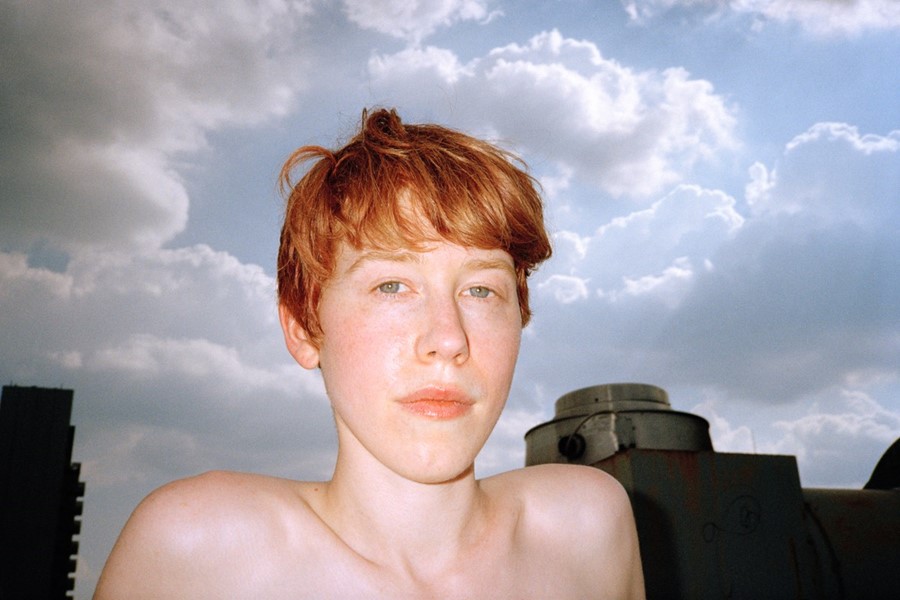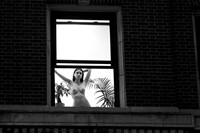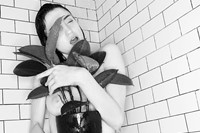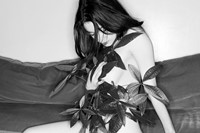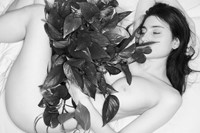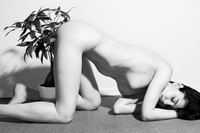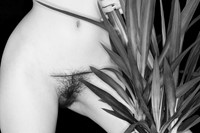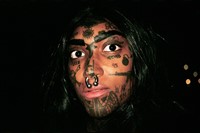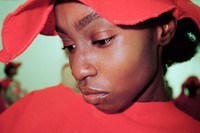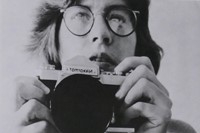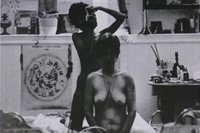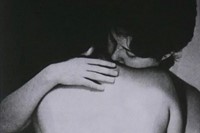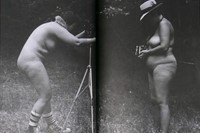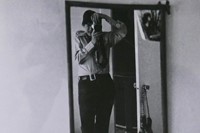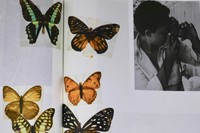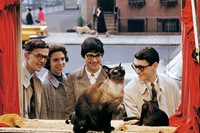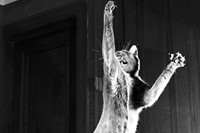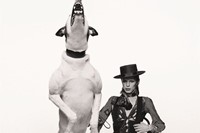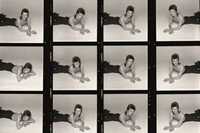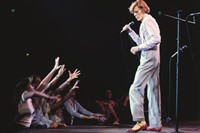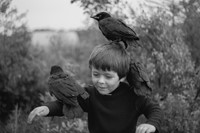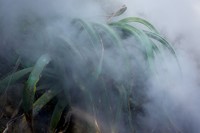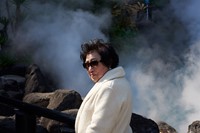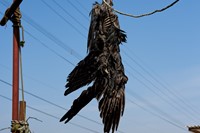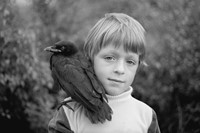From plant-based erotica to unseen images of David Bowie in the 1970s, here are the photo books we want to buy this August
Phytophile by Bela Borsodi, published by Dashwood Books
Bela Borsodi’s latest series, published by Dashwood Books as part of a series of zines, explores the idea of a “lover of plants” – a ‘phytophile’. “I collect books on erotica and some friends said, ‘why don’t you do something on that?’” the photographer told AnOther earlier this month. “It was a really quick thought. I could have a girl who was actually attracted to plants… They are obsessed with each other in a sexual way. I wanted this to be crude and rude and for her, the protagonist, to have control.” The resulting black and white photographs are intimate and voyeuristic, a play on what we traditionally understand as erotica.
Young American by Marie Tomanova, published by Paradigm
Marie Tomanova’s book Young American – a series of portraits the Czech Republic-born photographer took of her peers upon moving to New York – was first published earlier this year, and is being relaunched alongside a series of new photographs in Japan this month. Alongside an exhibition, Like a Dream, which brings together new work made on Tomanova’s first trip back to her hometown in eight years, more shots from her Young American series and a video extension of the photographs entitled 72 Americans, Tomanova will be signing copies of Young American at Tokyo’s Daikanyama Tsutaya Books on August 23.
Notes on Fundamental Joy: seeking the elimination of oppression through the social and political transformation of the patriarchy that otherwise threatens to bury us by Carmen Winant, published by Printed Matter
A new publication by Carmen Winant, Notes on Fundamental Joy, brings together archive photographs taken at feminist and lesbian ‘women’s lands’ in America during the 1970s and 80s. The common thread throughout the images is image-making: the depicted women are engaging with photography and cameras, whether being captured or capturing other people. Photography was central to such communes at the time; “women for so long had been pictured by men, and a big part of reclaiming their lives was about inventing new languages. But I think it was also about documenting,” Winant previously said in AnOther Magazine Autumn/Winter 2018.
Walter Chandoha: Cats, Photographs 1942–2018, published by Taschen
During the course of his decades-long career, New York photographer Walter Chandoha took over 90,000 pictures of cats. The animals became lifelong muses to Chandoha, who Taschen has labelled ‘the Richard Avedon of cat photography’ as a new book dedicated to these feline images is published. Walter Chandoha: Cats, Photographs 1942–2018 is a survey of how the image-maker first became enchanted by cats, and compiles some of the best shots taken throughout his life – from advertising photography to playful pictures of his daughter with a pet kitten.
Bowie by O’Neill: The Definitive Collection with Unseen Images by Terry O’Neill, published by Cassell Illustrated
“After looking at all my photos in the book, I have to go back to the Marquee performance. I was only there a day, remember,” Terry O’Neill told Another Man earlier this week, coinciding with the publication of his new book of photographs of David Bowie. “And in that day, I managed to capture David on-stage in full performance, backstage getting dressed, backstage having a quiet moment. Really nice, quiet moments. I look at these now and think: wow, I really did manage to capture so many sides of him – all in a single day.” Bowie by O’Neill brings together a wealth of the British photographer’s shots of Bowie, with a focus on the iconic musician’s elusive ‘Thin White Duke’ persona.
Murder by Guillaume Simoneau, published by MACK
Masahisa Fukase’s Ravens was the starting point for a new publication by Guillaume Simoneau entitled Murder. Bringing together photographs created recently in Kanazawa, Japan (where Fukase shot Ravens) and images captured in 1982 by Simoneau’s mother when the family adopted a group of baby crows, Murder is a study of nature and nostalgia. The crow – often thought to represent bad luck and death – is associated with youth and naivety in Simoneau’s childhood photographs, while the new images of Japan have an undertone of mystery, with eerie fog-covered scenes and stark architectural details taking centre stage.
